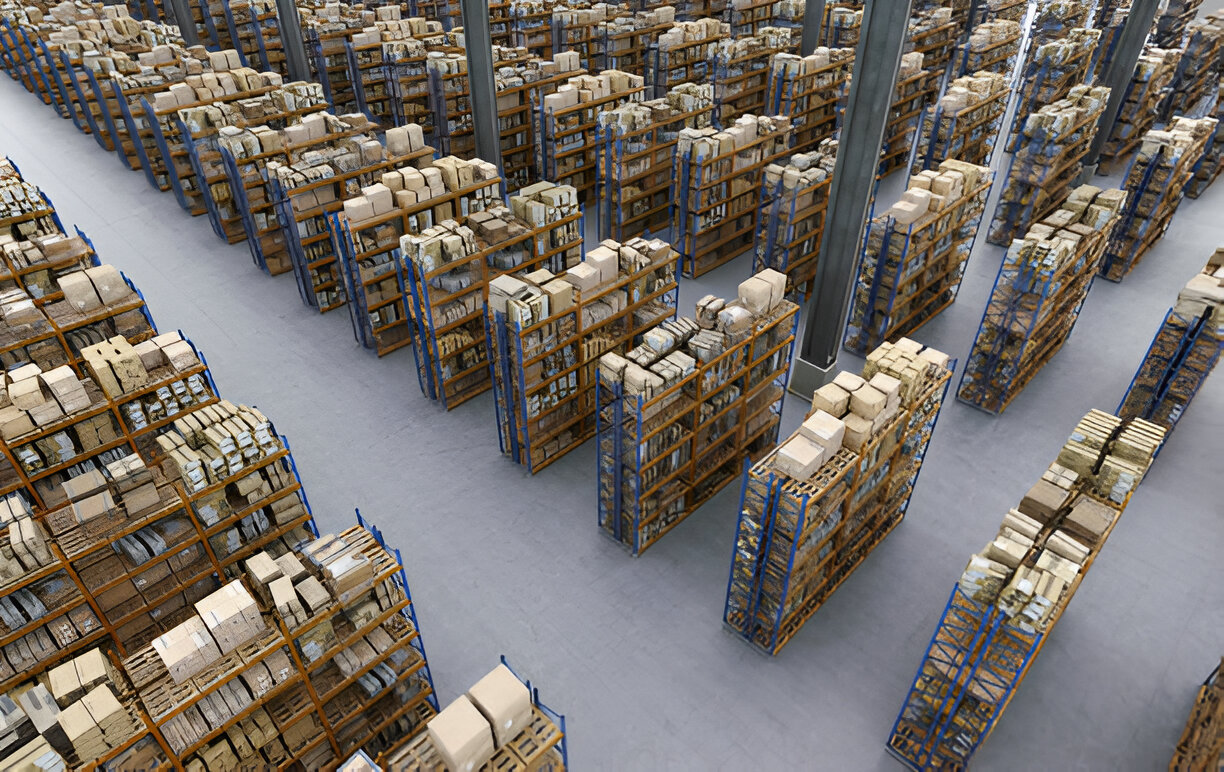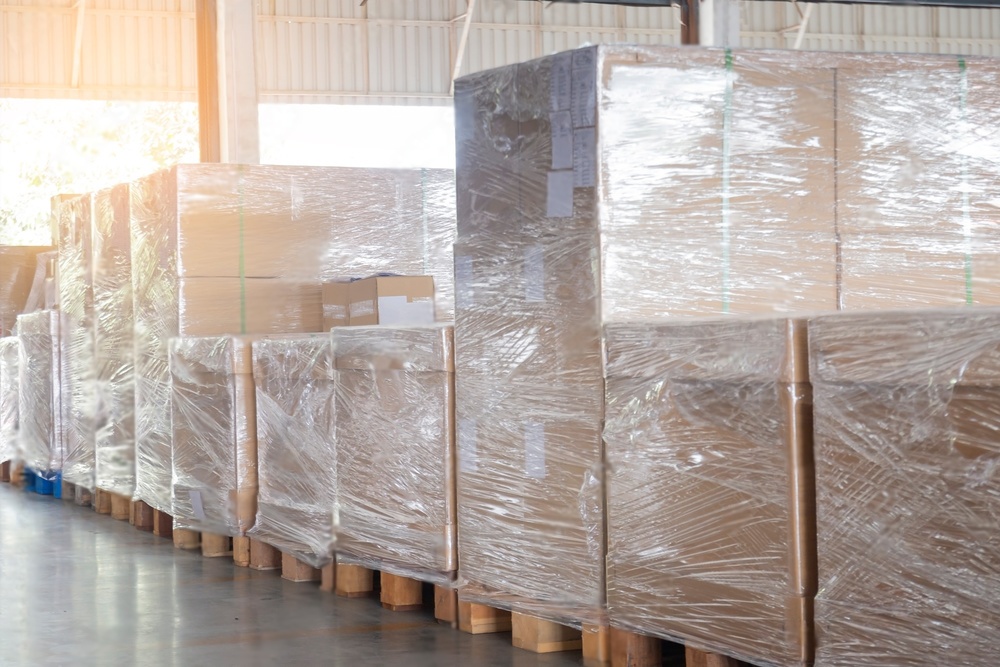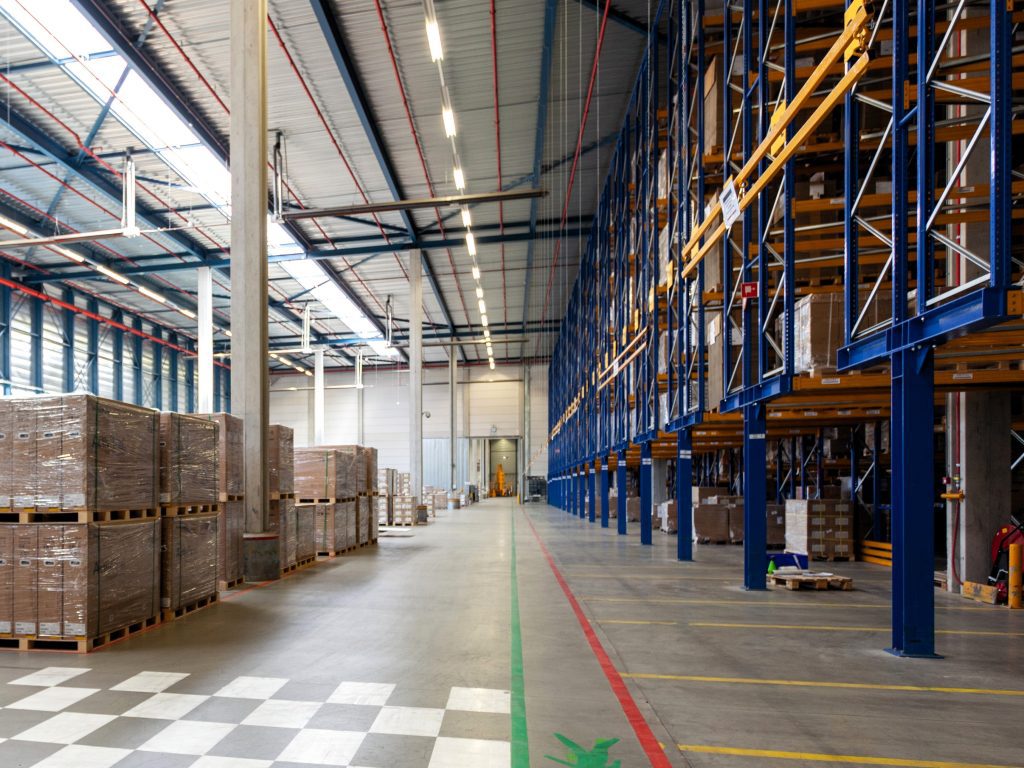Have You Checked If Your Current Storage Fits Your Business Needs?
Your business is evolving, but is your storage system keeping up? Whether you’re considering an upgrade or think your current system just needs a few tweaks, this guide will help you evaluate its relevance. Let’s break down the technical aspects of storage efficiency to help you decide if it’s time to stick or invest in a new solution.
How Well Does Your Current Storage System Perform?
Before considering an upgrade, take a detailed look at the key performance aspects of your current storage system. This isn’t just about what’s “outdated” but about whether it aligns with your business’s workflow and growth needs.
1. Storage Capacity Utilization
A system can look full, but how efficiently is that space being used? Evaluate your storage density:
- Vertical Utilization: Are you taking advantage of your warehouse’s height? Modern systems like very narrow aisle (VNA) racking or mezzanine floors can increase storage capacity by up to 40%.
- Rack Utilization: Is there dead space between your pallets or products? Using adjustable pallet racks or drive-in racks can help increase your storage density.
Simple Guide: Measure your vertical and horizontal space usage, and compare it to industry standards for space utilization. If you’re using less than 70% of your total available space, an upgrade may help optimize your capacity.
2. Picking Speed and Workflow Efficiency
Assess the speed of item retrieval and overall workflow. If your employees spend too much time walking or searching for products, it’s worth evaluating your system’s design:
- Manual vs. Automated Retrieval: Systems like pick-to-light or ASRS (Automated Storage and Retrieval Systems) can reduce picking time by up to 30%. However, even small tweaks like reconfiguring aisle layouts or grouping high-turnover items can increase efficiency.
- Aisle Width: Narrowing your aisles with systems like narrow aisle racking can increase storage without sacrificing workflow speed—if you have equipment like order pickers that can operate in tight spaces.
Simple Guide: Conduct a time study for your picking and packing process. If there are significant delays or long travel times, consider whether an optimized layout or automation can enhance efficiency.
3. Flexibility for Growth
Is your current system adaptable to growth? Modular storage systems can adjust to future business needs, offering more flexibility than fixed layouts.
- Scalability: Systems like boltless racking or pallet flow racks are designed to be easily adjusted as your product range or stock levels increase.
- Future Tech Compatibility: If you plan to integrate warehouse management systems (WMS) or automated guided vehicles (AGVs) in the future, ensure your storage infrastructure can support these technologies.
Simple Guide: Look at your 5-year growth projection. If your current system can’t be modified or scaled up to match your future needs, it might be time to invest in something more future-proof.


Signs It’s Time to Upgrade Storage System
While you don’t need to upgrade just because something feels outdated, certain signs are clear indicators that a more advanced storage system could improve efficiency:
1. Limited Storage Capacity Despite Reorganization
If reconfiguring or adjusting your current system still leaves you short on space, it may be worth considering modern solutions like push-back racking or double-deep racking, which can significantly boost capacity while minimizing footprint. These systems can increase storage density by 20-30% compared to conventional pallet racking.
2. Increased Errors and Downtime
An uptick in order errors or fulfillment delays can point to inefficiencies in storage layout or outdated systems. Inaccurate inventory tracking can cost businesses thousands per year. Implementing barcode systems and RFID tagging alongside an upgraded racking system can significantly improve accuracy.
When Sticking with Your Current Storage System Makes Sense
Not every business needs a full overhaul. There are scenarios where sticking with your current setup (with minor adjustments) can deliver the results you need:
1. Efficient Workflow and Space Utilization
If your team is consistently meeting productivity targets, and there’s no significant downtime due to storage limitations, sticking with your current system might be the right choice. Consider adding modular racking components like additional shelves or reconfigurable pallets for incremental improvements without a full upgrade.
2. Aligns with Business Growth
If your business is growing but you don’t expect a massive surge in product turnover or stock levels, simply upgrading certain components (such as switching from manual to semi-automated picking) can extend the life of your current system without significant investment.
How to Make the Best Decision for Your Business
To avoid costly mistakes, conduct a thorough evaluation:
- Capacity Audit: Measure your current space usage and compare it to the expected growth. If your warehouse is running at near-full capacity, it may be time to expand or optimize.
- Efficiency Testing: Use metrics like order fulfillment speed and labor costs per pallet move to assess how well your current system supports your team. If delays and errors are increasing, this could point to the need for an upgrade.
- Cost Analysis: Weigh the costs of upgrading your system (including downtime, equipment, and training) against potential gains in storage efficiency and reduced labor costs.
Simple Guide: Use an ROI calculator or consult an expert to estimate the return on investment (ROI) for sticking with your system versus upgrading. The right choice will depend on your specific business needs and future goals.
Conclusion: Stick or Upgrade—What’s Best for You?
Making the decision to stick with your current storage system or upgrade isn’t black and white. Your choice depends on a detailed understanding of your warehouse’s space utilization, workflow efficiency, and ability to scale with your business. If you’re still uncertain, take advantage of our free consultation service. We’ll help you evaluate your system’s performance and decide if an upgrade is right for you.
Explore our social media to see real-life projects in action.


